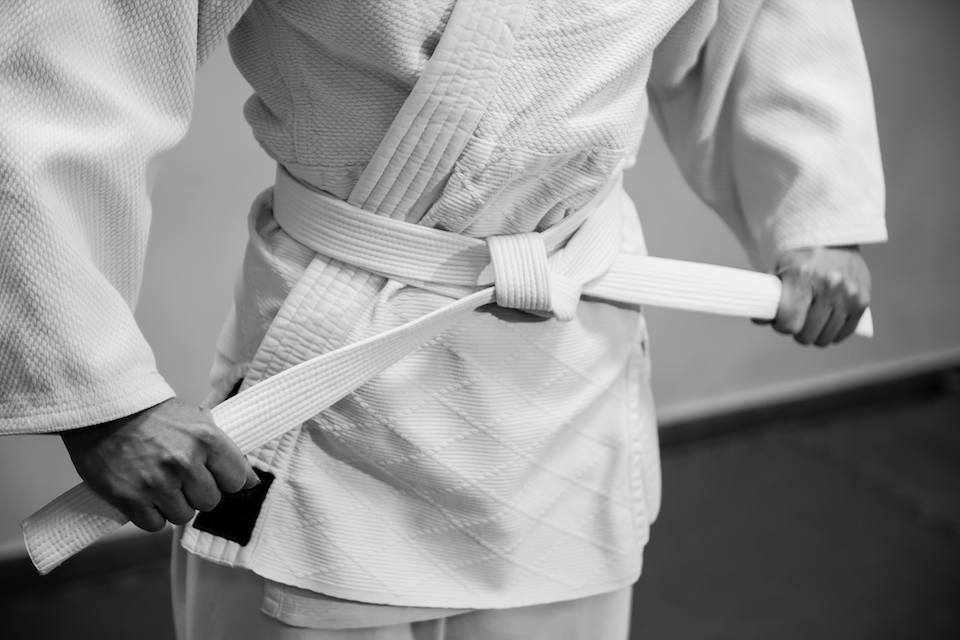
Jiu-Jitsu can be an intimidating martial art to get started in. Gyms are often full of experienced practitioners that started training at a young age and have grown up in the sport. It can be very challenging to step on the mat for the first time with no prior grappling or martial arts experience, especially in a martial art where progress comes slowly. So what can you expect to learn in your first few jiu-jitsu classes? Below is a list of the most common things you’ll learn when you first walk in the door.
Mat Etiquette First and foremost, you’re going to learn ‘mat etiquette.’ This generally means that you’ll learn the do’s and don’ts regarding behavior, cleanliness, and general expectations for students at your particular academy. These practices vary widely between academies. Some are very competition focused, where you’ll be expected to give it your all each session, pushing through exhaustion. Other academies have programs developed around self-defense, where students will be presented with a variety of common self-defense situations and be shown the solutions starting at a slower pace. You’ll likely want to first identify your goals for your practice and then visit multiple academies to find the best fit for you.
Body Mechanics One of the most surprising realizations for new jiu-jitsu students is how different the foundational movements are from other sports. Shrimping, bridging, leg pummeling, breakfalls and level changing are part of every grappling training session, but have likely not been practiced and refined unless you’ve trained another grappling art. These movements are often incorporated into jiu-jitsu warmups, so you’ll likely get a lot of practice with these movements early on in your training.
Techniques & Positions When you first think of starting jiu-jitsu, you probably think about techniques you’ve seen in MMA or on YouTube. While the arm bars and triangles may not come first, they will be part of your first few jiu-jitsu classes. You’ll likely focus on just a few techniques per class, but you’ll also be introduced to the main positions of the art. These include closed guard, half guard, side control, mount, and back mount, among many, many others. It’s important to learn the positional hierarchy along with the techniques so you have a general direction and goal when you start sparring.
Sparring Live training, or sparring, is an essential part of jiu-jitsu and sets it apart from many other martial arts. In more traditional forms of martial arts, you’ll often learn kata, or memorized movement patterns that are done individually. In jiu-jitsu it’s common to do full sparring with a resisting opponent every session. Fighting against a fully resisting opponent is a big part of what makes jiu-jitsu so effective for self-defense. While not every academy will have students spar in their first few days, many will. Often times students will start with positional sparring from a specific position. This is done to focus on specific techniques and also to avoid injury. Your first jiu-jitsu class can be intimidating, but the vast majority of academies have a welcoming environment and will walk you through each step of the process slowly and carefully. I hope you can find the right academy to train at near you!